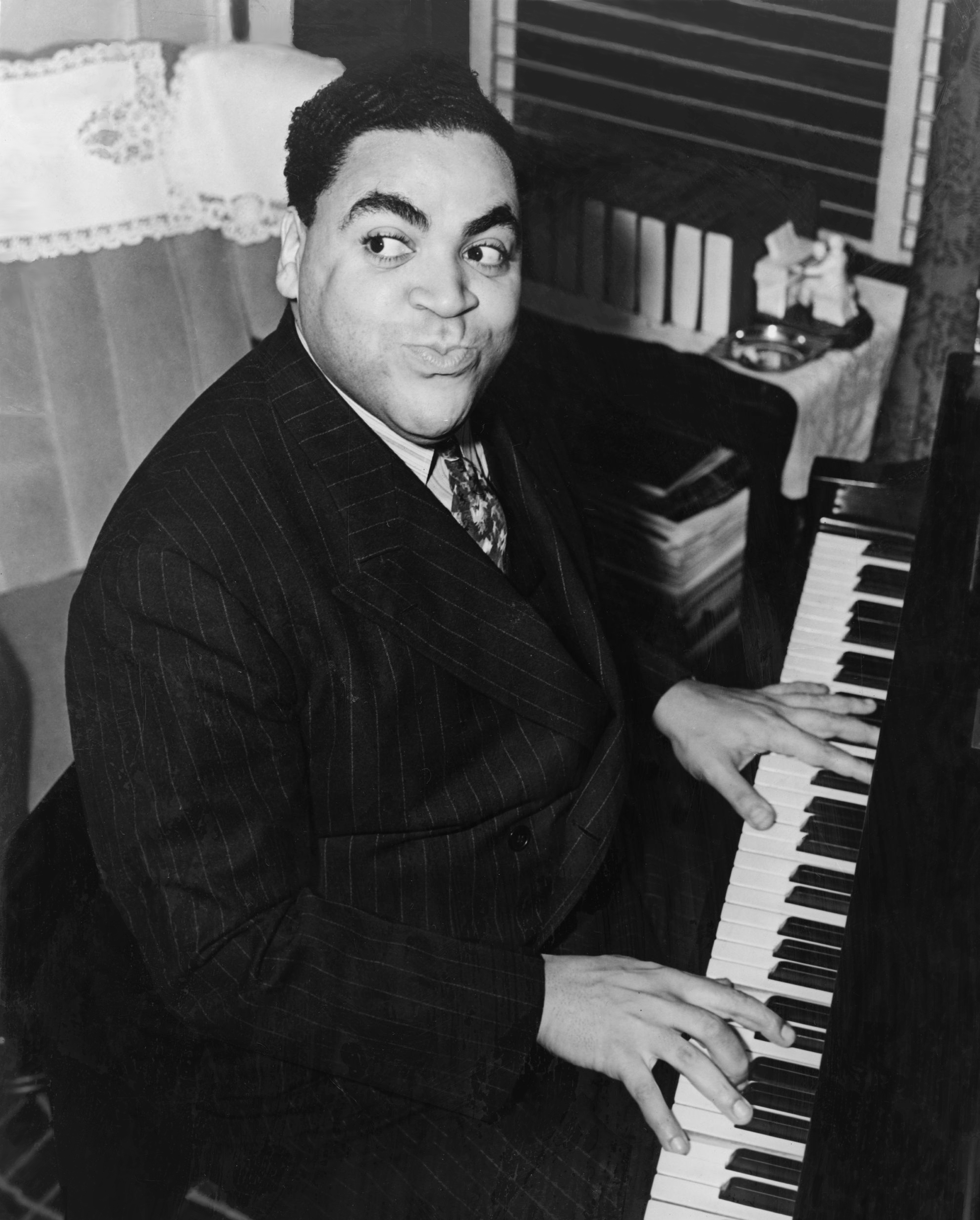Introduction:
In the rich tapestry of jazz history, one name stands out as a beacon of joy, talent, and unmatched showmanship: Fats Waller. A larger-than-life figure with an infectious personality, Waller left an indelible mark on the jazz world with his virtuosic piano playing, memorable compositions, and charismatic stage presence. From his early days as a stride pianist in Harlem to his rise as a beloved entertainer and prolific recording artist, Fats Waller’s contributions to jazz and popular music are immeasurable. In this blog post, we will delve into the life, music, and legacy of the legendary Fats Waller.
Early Life and Musical Roots:
To understand the essence of Fats Waller, we must journey back to his humble beginnings in New York City. Born Thomas Wright Waller in 1904, Fats showed a natural affinity for music from an early age. He honed his skills as a pianist and organist in the church, drawing inspiration from the rich African-American musical traditions that surrounded him. Waller’s exposure to the exuberant stride piano style, popular in Harlem during the 1920s, would become the foundation of his distinctive playing.
Help yourself to some live jazz, and help the artists and clubs fulfill their dreams. Sign up to Oh! Jazz to watch live and on-demand performances. 25% of your subscription goes back to the artists and 10% to the clubs.
Learn more about Oh! Jazz here.
The Stride Piano Virtuoso:
Fats Waller’s piano playing was nothing short of extraordinary. His technique combined dazzling finger dexterity, rhythmic drive, and a keen sense of melody. Waller’s mastery of the stride style allowed him to seamlessly alternate between thunderous bass notes and intricate right-hand improvisations. His performances were characterized by a joyful exuberance, as he playfully toyed with rhythm, dynamics, and harmony.
Compositions and Songwriting:
While Waller’s piano skills were legendary, his talents extended beyond the keyboard. He was a gifted composer and songwriter, crafting memorable tunes that have become jazz standards. Classics like “Ain’t Misbehavin’,” “Honeysuckle Rose,” and “The Joint Is Jumpin’” have endured the test of time, encapsulating the essence of Waller’s wit, humor, and infectious charm. These compositions continue to be performed and recorded by musicians around the world.
The Entertainer Extraordinaire:
Fats Waller was not just a virtuoso pianist and composer; he was also a charismatic entertainer who captivated audiences with his larger-than-life personality. His live performances were legendary, filled with humorous banter, comedic antics, and audience engagement. Whether performing solo or leading his band, Waller had an uncanny ability to connect with his audience, leaving them in stitches one moment and in awe of his musical prowess the next.
Musical Collaborations and Legacy:
Waller’s musical collaborations further cemented his status as a jazz icon. He worked with renowned artists such as Louis Armstrong, Earl Hines, and Lionel Hampton, leaving an indelible mark on their recordings. Waller’s influence extended beyond his lifetime, shaping the course of jazz and popular music for generations to come. His contributions to swing, stride piano, and vocal jazz continue to inspire musicians of all backgrounds.
Conclusion:
Fats Waller’s genius as a pianist, composer, and entertainer has left an enduring legacy in the jazz world. His joyous spirit, technical virtuosity, and charismatic stage presence made him a beloved figure in the hearts of fans worldwide. Whether through his unforgettable piano solos, timeless compositions, or electrifying performances, Fats Waller continues to bring happiness and inspiration to generations of music lovers. As we celebrate his contributions, let us remember the boundless creativity and infectious spirit that made Fats Waller an enduring force in jazz history. Through his mastery of the stride piano style, his brilliant compositions, and his charismatic stage presence, Fats Waller forever etched his name in the annals of jazz.
References:
- Giddins, G. (2000). Visions of Jazz: The First Century. Oxford University Press.
- Schuller, G. (1986). Early Jazz: Its Roots and Musical Development. Oxford University Press.
- Shipton, A. (2008). A New History of Jazz. Continuum International Publishing Group.
- Gioia, T. (2021). The History of Jazz. Oxford University Press.
- Fats Waller picture. Retrieved from https://en.wikipedia.org/wiki/File:Fats_Waller_edit.jpg

Leave a Reply